Space
Sign up for our newsletter
We summarize the week's scientific breakthroughs every Thursday.
-
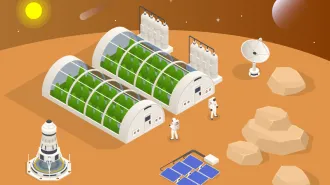 Planetary Science
Planetary ScienceFarming on Mars will be a lot harder than ‘The Martian’ made it seem
Lab experiments developing and testing fake Martian dirt are proving just how difficult it would be to farm on the Red Planet.
-
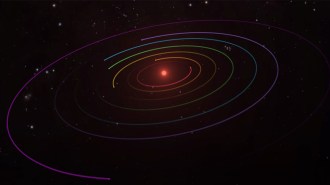 Space
SpacePlanets with many neighbors may be the best places to look for life
Solar systems with many planets in circular orbits suggest a calm life-nurturing past, while single exoplanets with eccentric orbits hint at chaos.
-
 Planetary Science
Planetary ScienceChemical reactions high in Mars’ atmosphere rip apart water molecules
Mars is so dry because its water constant escapes into space. A new study suggests this process occurs in the ionosphere and faster than thought.
-
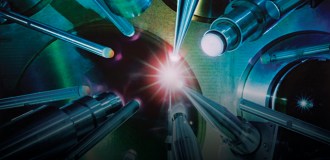 Physics
PhysicsGiant lasers help re-create supernovas’ explosive, mysterious physics
For the first time, scientists have re-created a type of shock wave that occurs in supernovas.
-
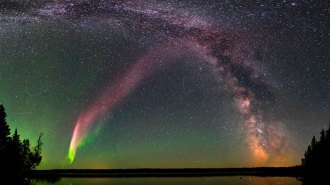 Earth
EarthSTEVE may be even less like typical auroras than scientists thought
The purple-and-green, atmospheric light show nicknamed STEVE just got even stranger.
-
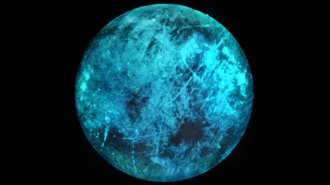 Space
SpaceJupiter’s icy moon Europa may glow in the dark
Europa’s potential “ice glow” could help scientists map the chemical composition of its surface — and the ocean underneath.
-
 Space
SpaceThe Milky Way makes little galaxies bloom, then snuffs them out
When dwarf galaxies cross the Milky Way’s frontier, our galaxy compresses their gas, sparking star birth, but then robs them of their star-making gas.
By Ken Croswell -
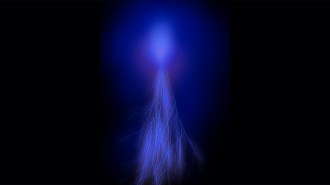 Space
SpaceJupiter may host atmospheric ‘sprites’ or ‘elves’ never seen beyond Earth
For the first time, NASA’s Juno spacecraft may have spied the bright, superfast light show on another world.
-
 Physics
PhysicsLIGO and Virgo’s gravitational wave tally more than quadrupled in six months
Scientists report 39 sets of spacetime ripples from just half a year of data.
-
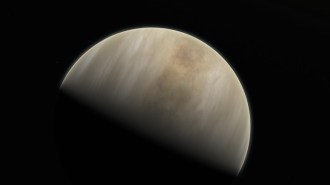 Planetary Science
Planetary ScienceDoubts over a ‘possible sign of life’ on Venus show how science works
Detecting phosphine in Venus’ atmosphere made headlines, but reanalyses and new searches call into question the original discovery of the molecule.
-
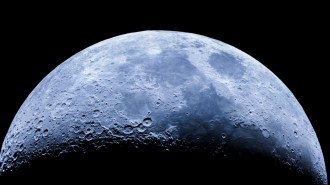 Space
SpaceWater exists on sunny parts of the moon, scientists confirm
New observations of the moon, made by a telescope flying onboard a Boeing 747-SP jet, have confirmed the presence of water on sunlit areas of the moon.
-
 Space
SpaceNASA’s OSIRIS-REx survived its risky mission to grab a piece of an asteroid
NASA’s OSIRIS-REx spacecraft just tried to grab a piece of asteroid Bennu. If successful, the spacecraft will return the sample to Earth in 2023.